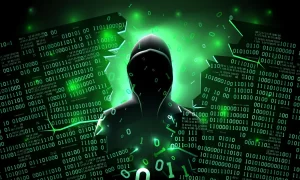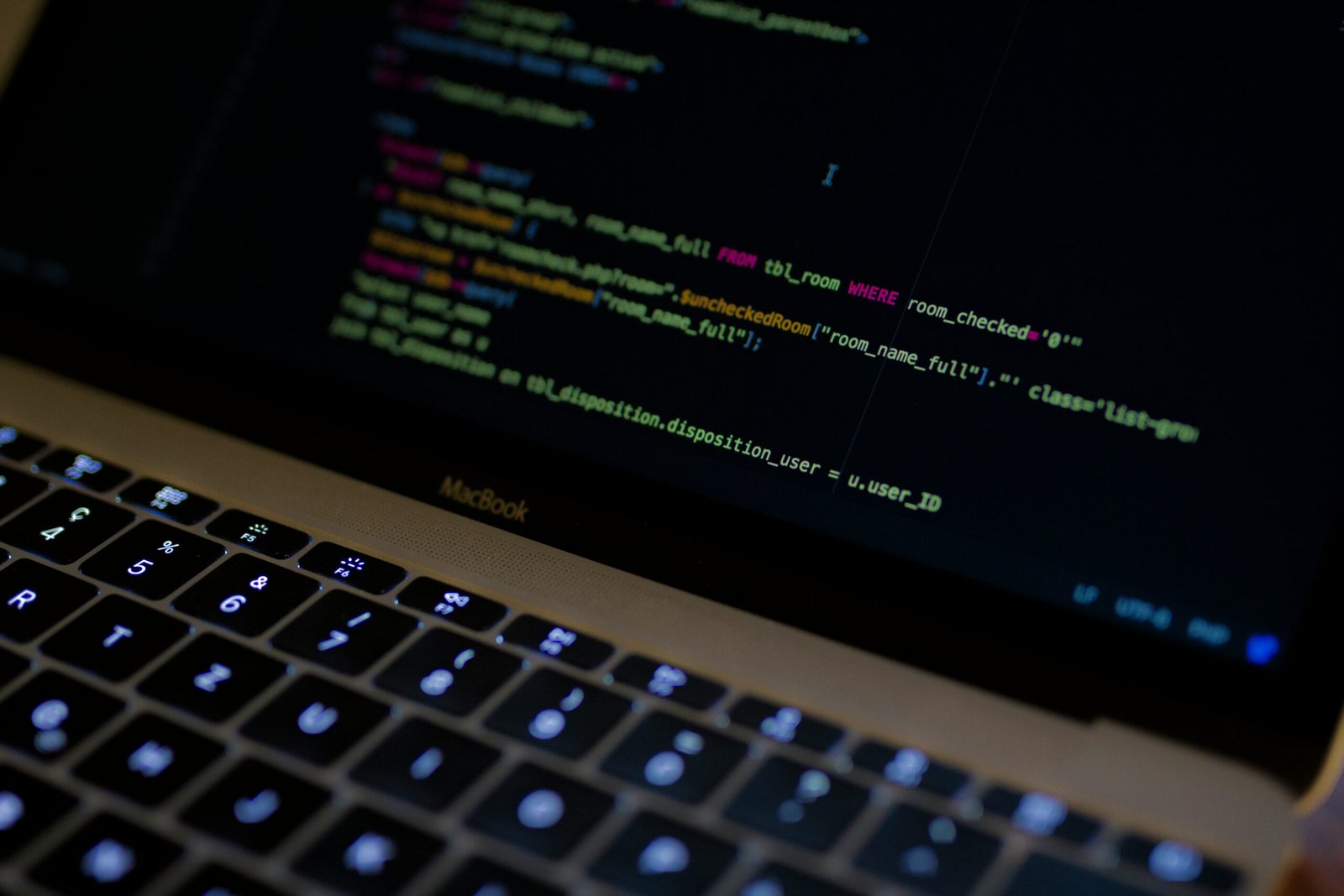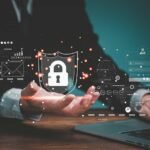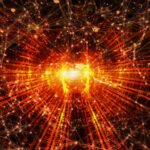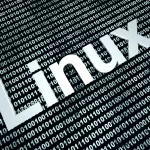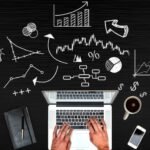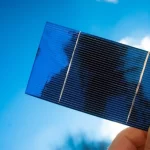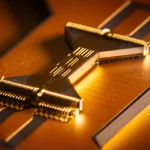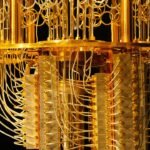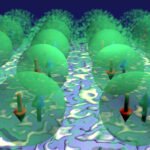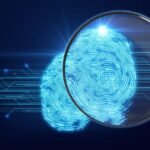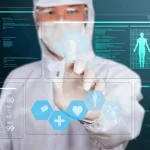The Evolution of Internet of Things (IoT) and Its Impact
The Internet of Things (IoT) has emerged as a transformative technology, connecting devices and enabling data exchange on an unprecedented scale. From smart homes and wearables to industrial automation and smart cities, IoT is revolutionizing industries and transforming the way we live and work. In this blog, we will explore the evolution of IoT and its impact on various sectors.
Evolution of IoT
The concept of IoT dates back to the early 1980s when researchers began exploring the idea of connecting devices to the internet. Over the years, advancements in technology, such as miniaturization, wireless connectivity, and cloud computing, have propelled the growth of IoT. The evolution of IoT can be categorized into three phases:
a. First Phase: Connected Devices The initial phase of IoT focused on connecting devices to the internet and collecting data. This involved embedding sensors and connectivity in everyday objects, such as thermostats, refrigerators, and cars. These connected devices provided valuable data for monitoring and control purposes.
b. Second Phase: Data Analytics and Insights The second phase of IoT revolved around analyzing the vast amount of data generated by connected devices. Data analytics techniques, including machine learning and artificial intelligence, were applied to extract meaningful insights from IoT data. This enabled businesses to make data-driven decisions, optimize processes, and enhance customer experiences.
c. Third Phase: Intelligent Automation and Integration The current phase of IoT focuses on intelligent automation and integration. IoT systems are becoming more intelligent and capable of autonomous decision-making. With advancements in edge computing and artificial intelligence, IoT devices can process and analyze data locally, reducing latency and enhancing real-time decision-making capabilities.
Impact of IoT
IoT has a profound impact on various sectors, driving innovation, and transforming industries. Some of the key impacts of IoT are:
a. Smart Cities IoT enables the creation of smart cities by connecting infrastructure, utilities, and public services. Smart city applications include intelligent transportation systems, efficient energy management, waste management, and enhanced public safety. IoT sensors and data analytics help optimize resource allocation, reduce congestion, and improve the overall quality of life for citizens.
b. Industrial Automation and Manufacturing IoT is revolutionizing industrial automation and manufacturing processes. Connected sensors, devices, and machines enable real-time monitoring and control of manufacturing operations, leading to increased efficiency, reduced downtime, and predictive maintenance. IoT-driven automation improves productivity, enables supply chain optimization, and enhances product quality.
c. Healthcare and Wearable Devices IoT is reshaping the healthcare industry, improving patient care, and promoting preventive medicine. Wearable devices, such as fitness trackers and smartwatches, collect health data and provide real-time insights. IoT-enabled medical devices and remote monitoring systems enable remote patient care, early detection of diseases, and personalized treatment plans.
d. Agriculture and Smart Farming IoT plays a vital role in agriculture by optimizing farming practices, increasing crop yield, and conserving resources. IoT sensors monitor soil conditions, temperature, humidity, and water levels, enabling farmers to make data-driven decisions regarding irrigation, fertilization, and pest control. Smart farming practices lead to improved efficiency, reduced costs, and sustainable agriculture.
e. Retail and Customer Experience IoT enhances the retail experience by enabling personalized marketing, inventory management, and improved customer service. Connected devices, such as smart shelves and beacons, provide real-time product information and targeted promotions. IoT analytics help retailers understand customer behavior, optimize product placement, and tailor marketing campaigns to individual preferences.
f. Energy and Environmental Monitoring IoT facilitates energy management and environmental monitoring. Connected sensors and meters enable real-time monitoring of energy consumption, optimizing usage, and reducing waste. IoT-driven environmental monitoring systems measure air quality, water quality, and noise levels, helping in pollution control and conservation efforts.


